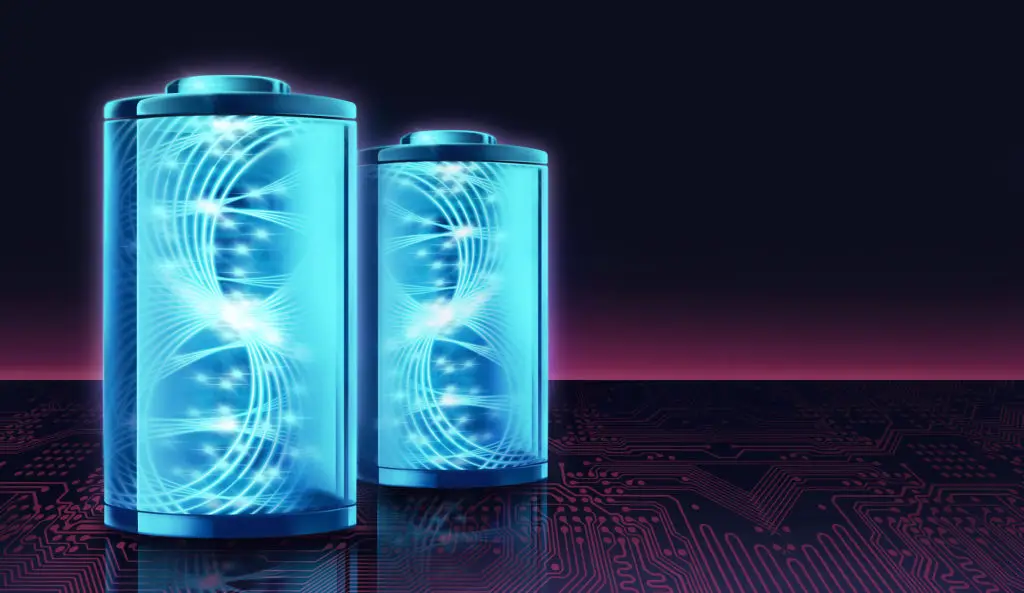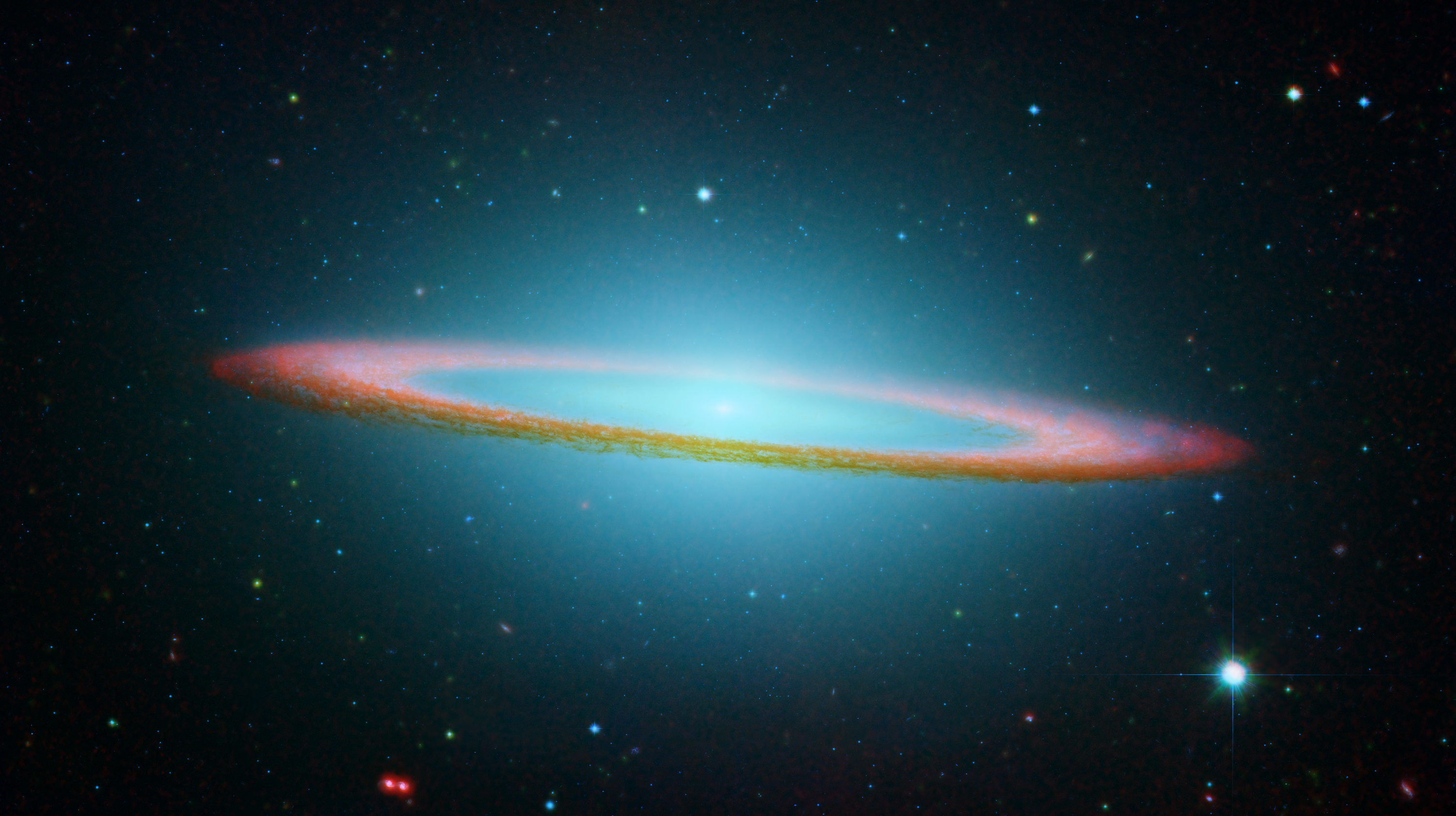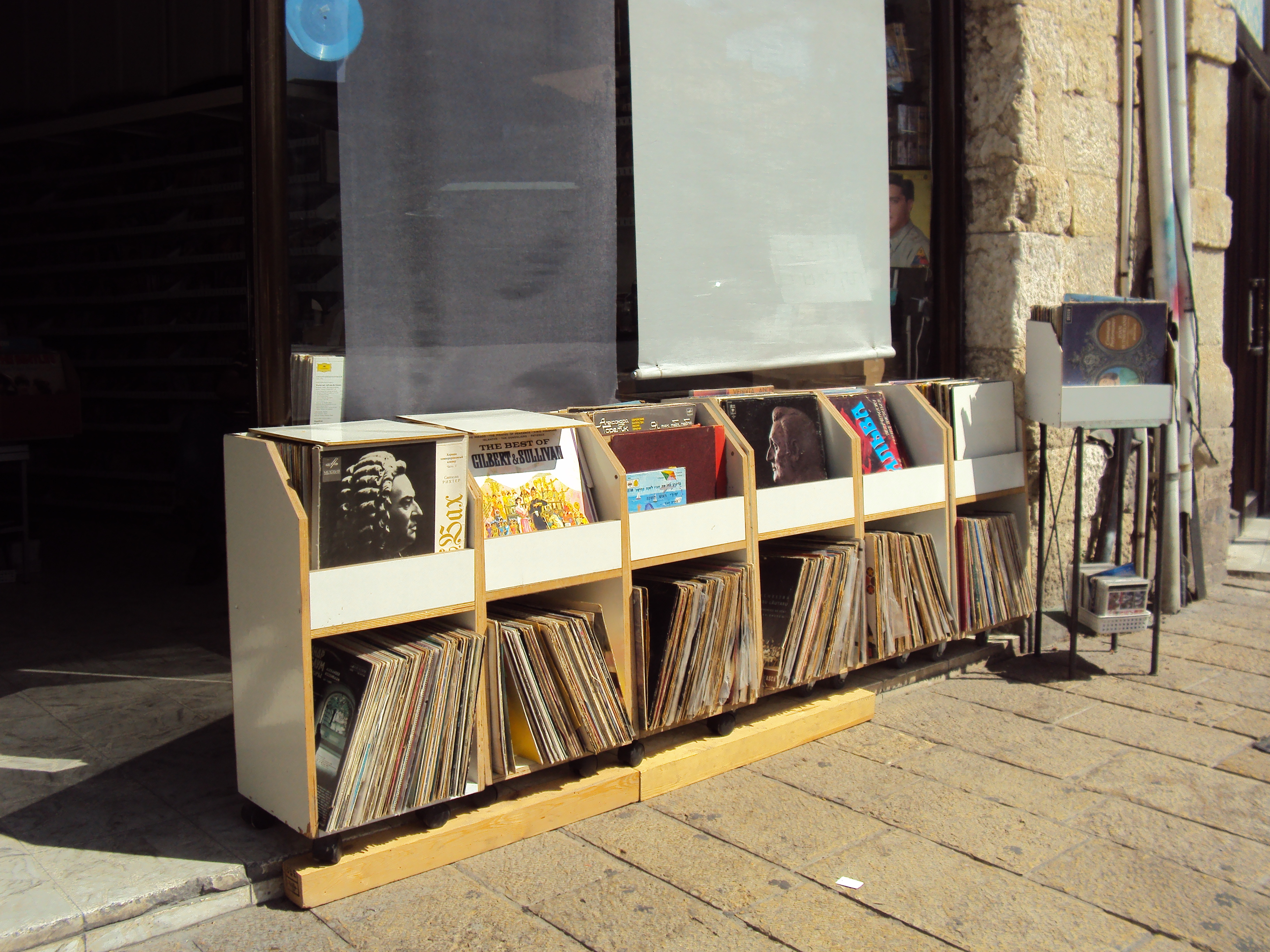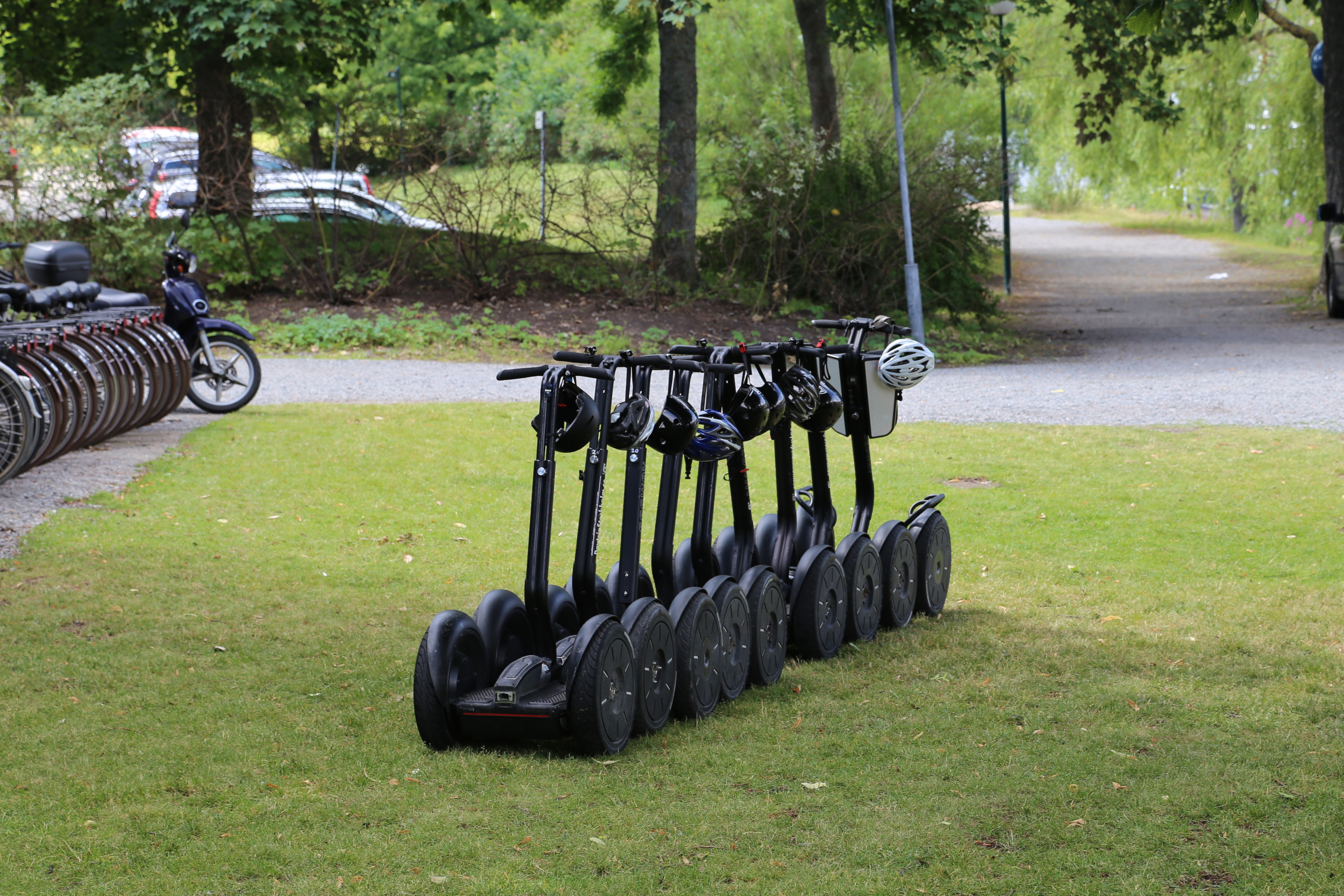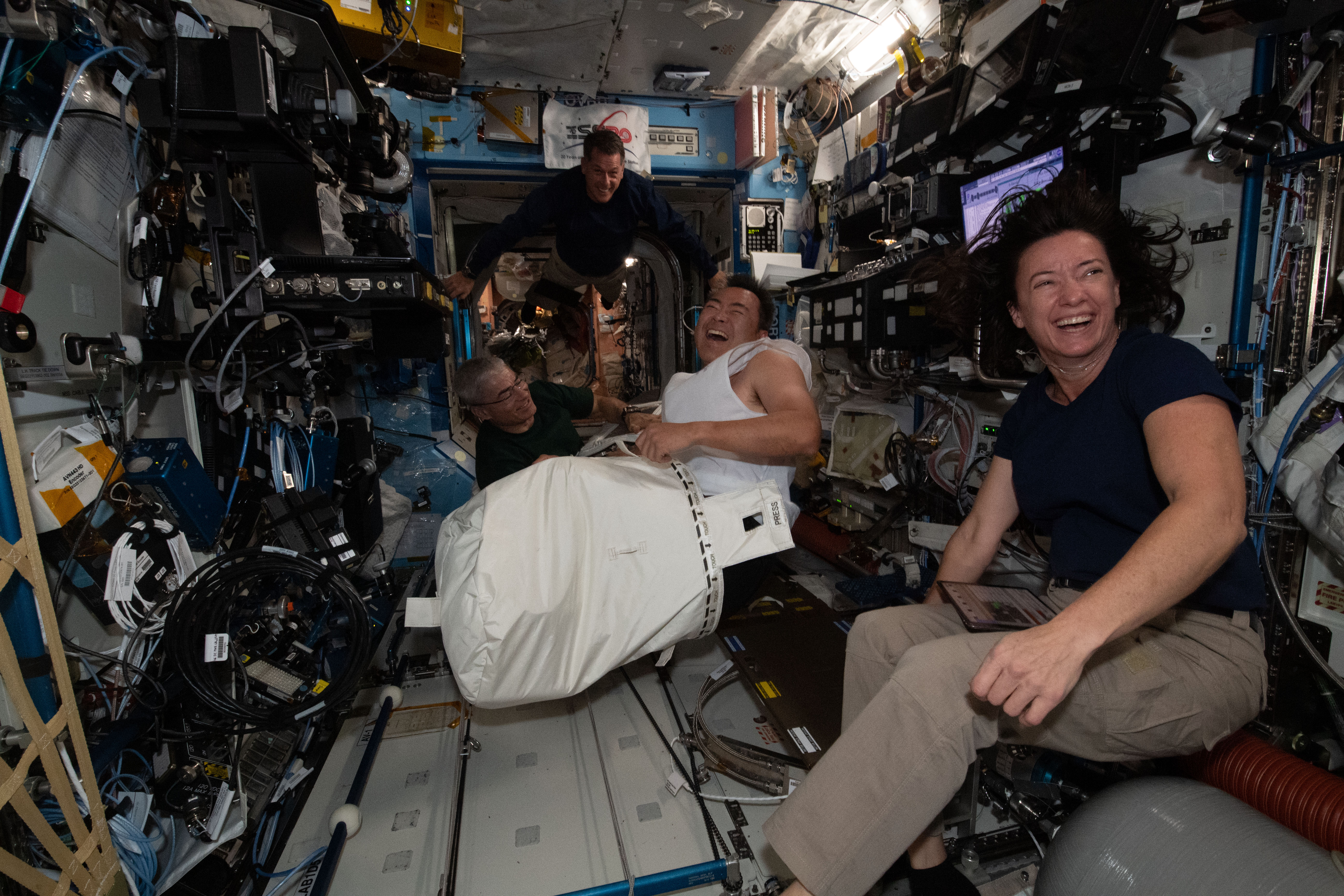From Mars to Microwaves: 10 Everyday Items That Came From Space Tech
Space exploration may seem like a distant pursuit—rockets, rovers, and galaxies far, far away. But its impact is anything but remote. The innovations born from our quest to conquer the cosmos have quietly reshaped life on Earth in ways most of us never notice. From the gadgets we rely on to the food we eat and the clothes we wear, space science has trickled down into the everyday, turning high-tech dreams into household realities. This article uncovers 10 surprising essentials that owe their existence—or evolution—to the demands of space travel. It’s a reminder that the journey to the stars hasn’t just been about exploring the universe—it’s been about reinventing our own world, one breakthrough at a time.
1. The Evolution of Memory Foam
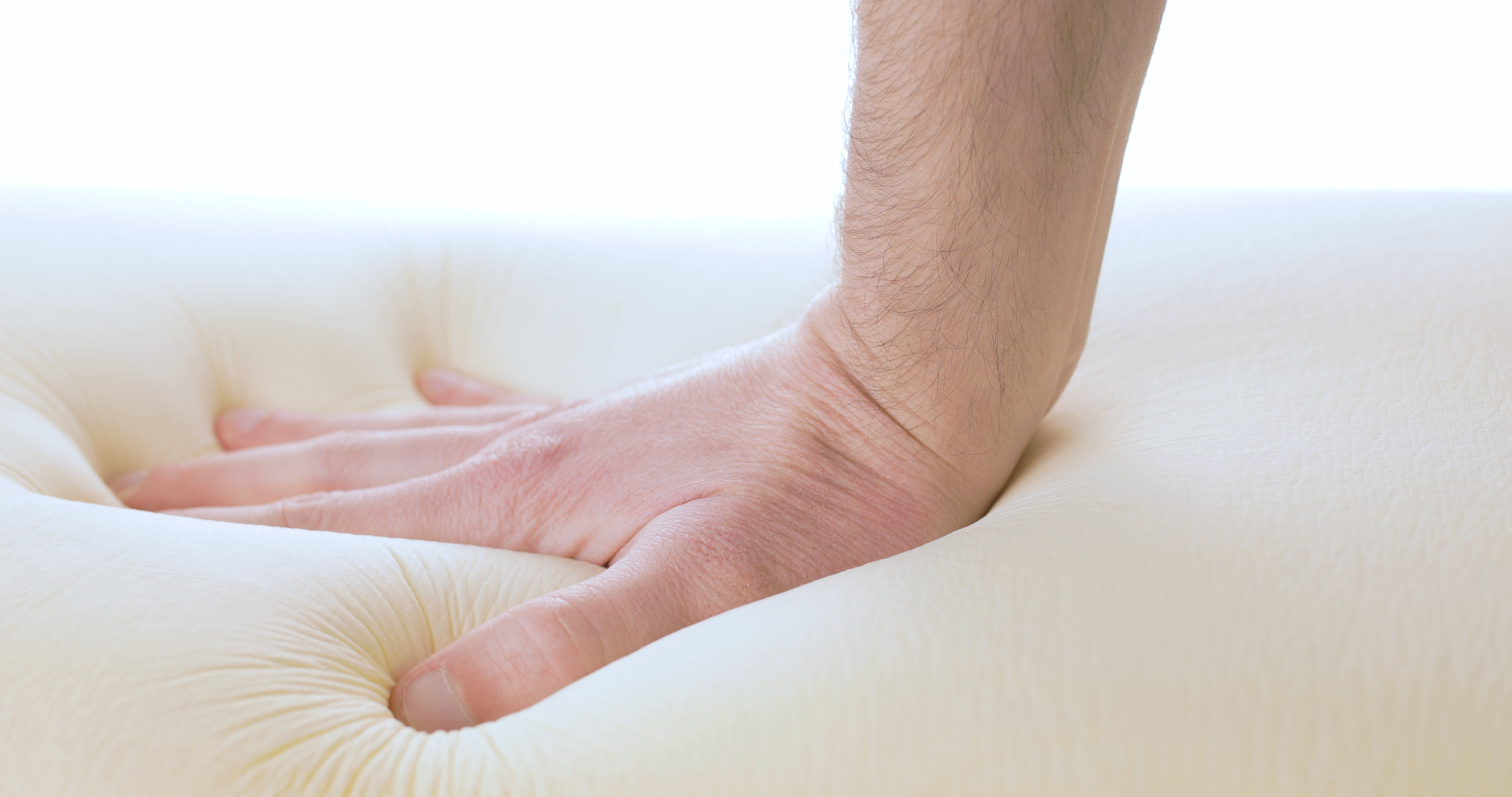
Originally developed by NASA in the 1960s to improve the safety of aircraft cushions, memory foam has since revolutionized comfort in various industries. This viscoelastic material, designed to evenly distribute weight and reduce pressure points, found its way into mattresses, pillows, and even footwear. Its ability to conform to the body's shape and provide unparalleled support has made it a staple in the pursuit of restful sleep and ergonomic design. The journey from spacecraft to bedroom highlights how space-age materials have redefined comfort and wellbeing, making a good night's sleep more accessible to millions.
2. Cordless Tools: From Space Missions to Home Repairs
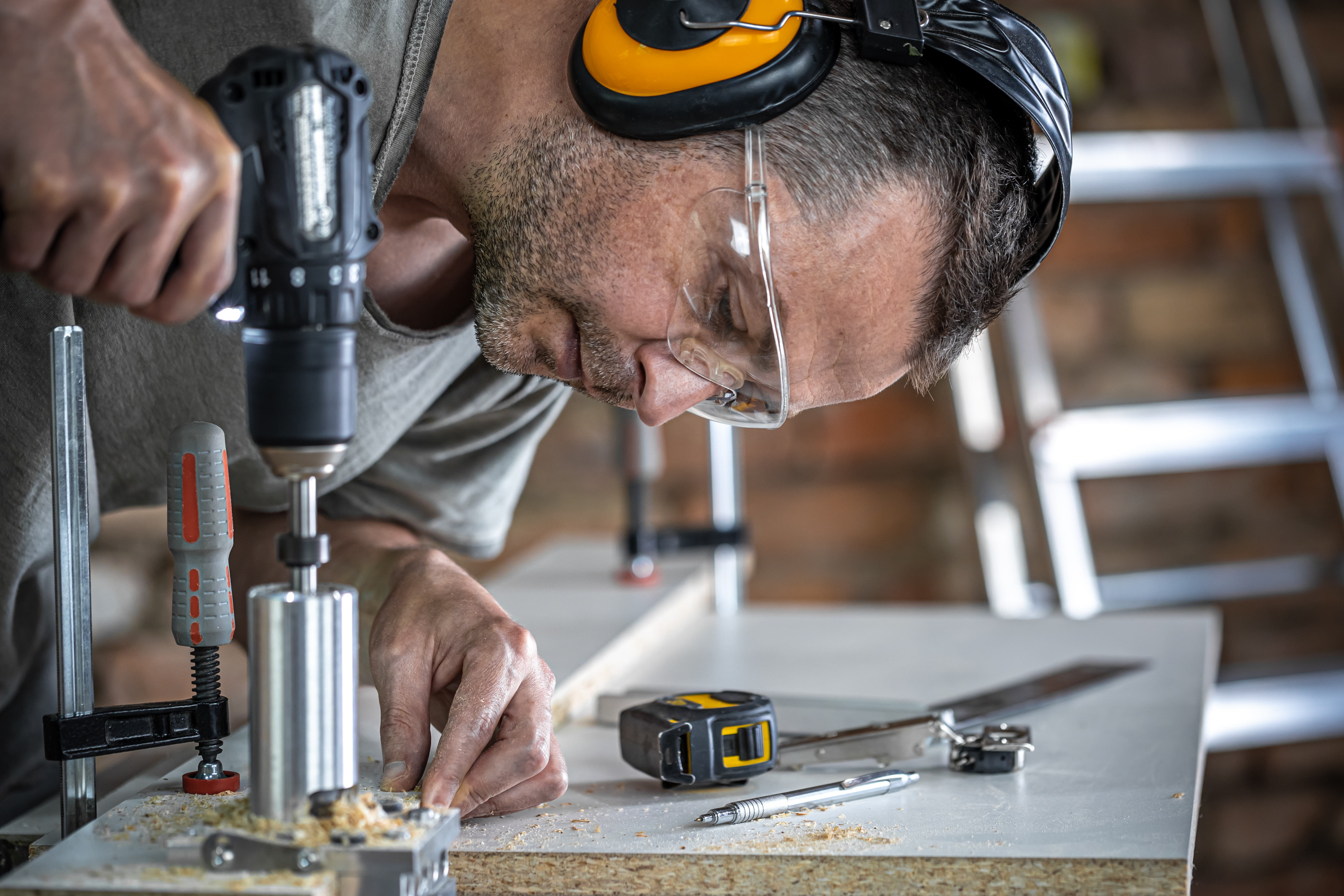
The need for efficient, portable tools during space missions led to the development of cordless power tools. In the 1960s, NASA collaborated with Black & Decker to create a battery-powered drill for extracting lunar samples. This innovation laid the groundwork for the cordless tools we use today in home repairs and construction. The convenience and flexibility of these tools have transformed industries, allowing for greater mobility and ease of use. From assembling furniture to tackling DIY projects, cordless tools exemplify how space-driven innovation can simplify complex tasks on Earth.
3. The Revolution of Satellite Navigation
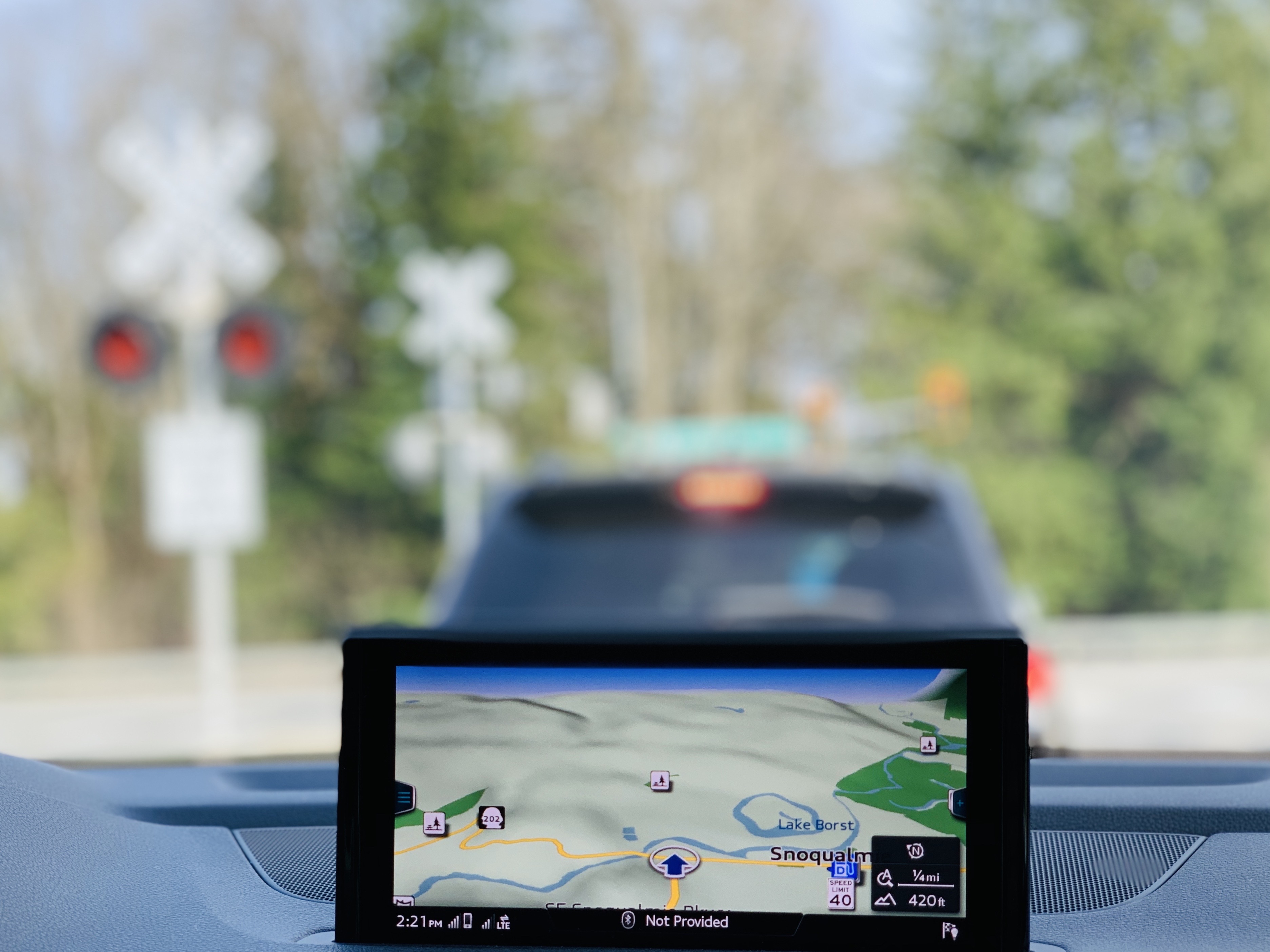
Satellite technology, initially developed for space missions, has become an integral part of modern navigation systems. The Global Positioning System (GPS), originally intended for military use, now guides millions of drivers, hikers, and travelers worldwide. By providing precise location data, GPS has transformed the way we navigate our world, enhancing safety and efficiency in transportation. This space-derived technology has also paved the way for innovations in logistics, emergency response, and even smartphone applications, illustrating the profound impact of satellite systems on everyday life.
4. Advanced Water Filtration Systems
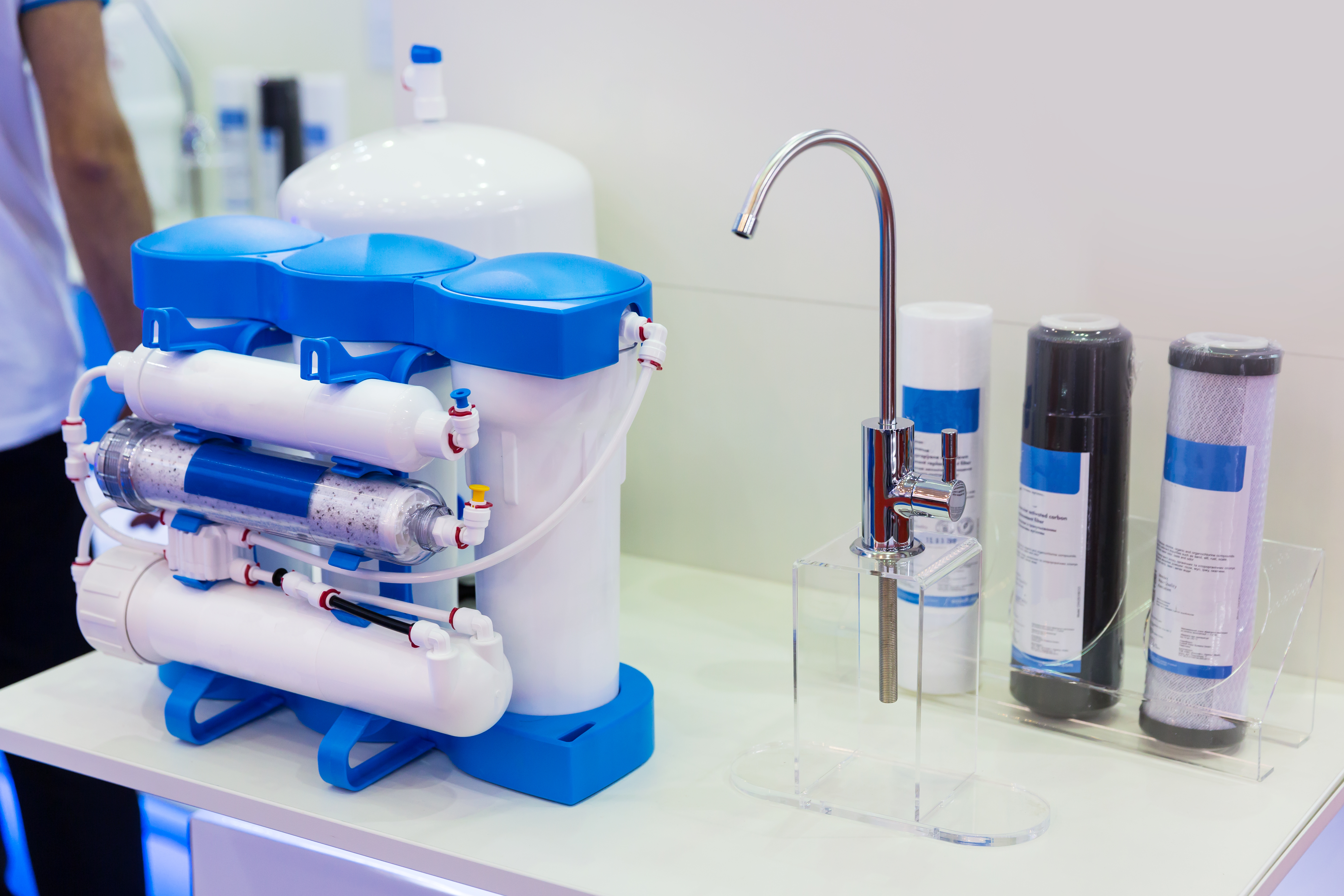
Space missions require highly efficient water purification systems to ensure astronauts have a safe and reliable water supply. The technology developed for this purpose has been adapted for use on Earth, particularly in regions with limited access to clean water. Advanced filtration systems, inspired by NASA's innovations, are now used in disaster relief efforts, portable water bottles, and home purification systems. These systems utilize microfiltration and reverse osmosis to remove contaminants, providing communities with access to safe drinking water and highlighting the humanitarian benefits of space technology.
5. The Impact of Scratch-Resistant Lenses
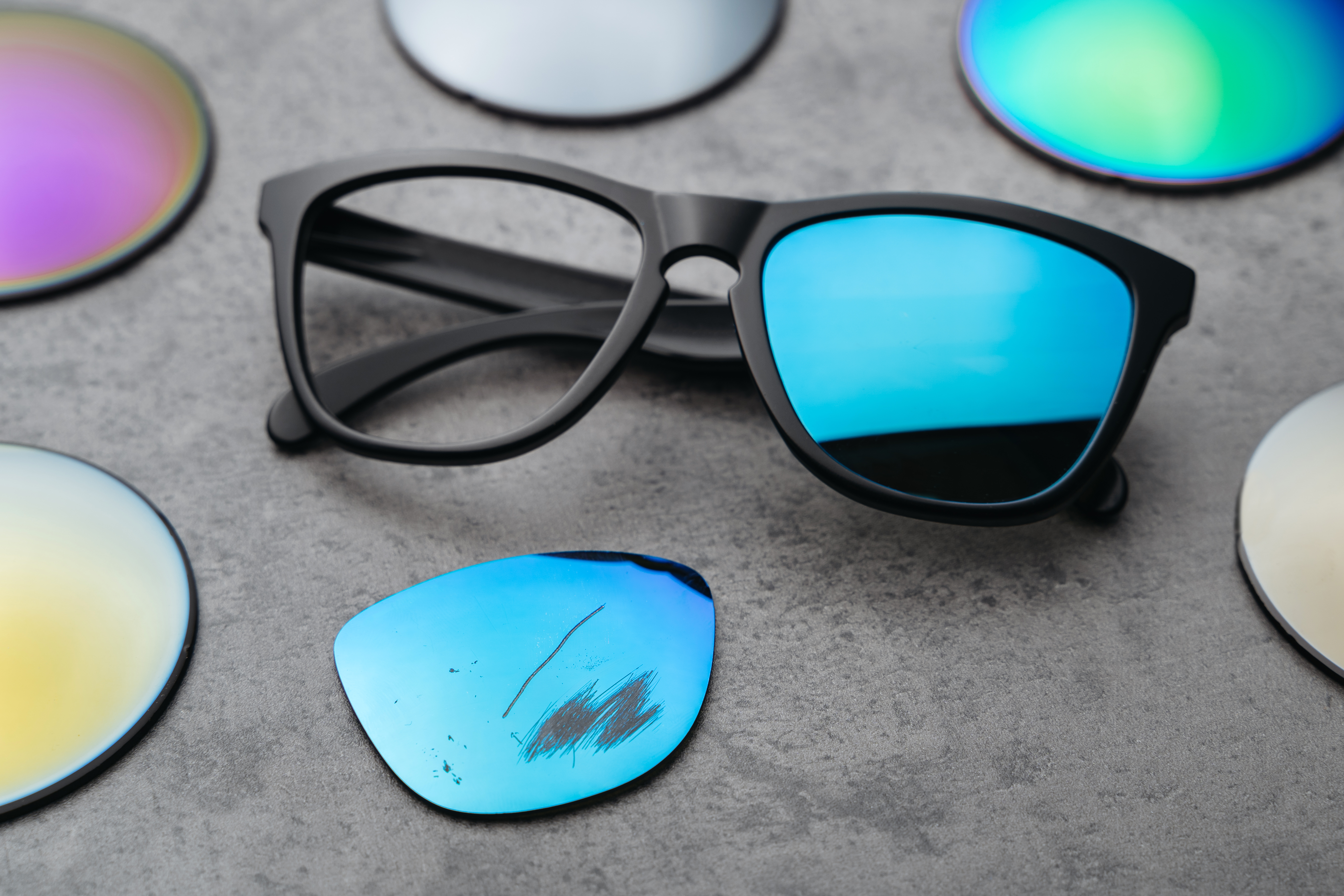
The quest to protect astronauts' visors from the harsh conditions of space led to the development of scratch-resistant coatings. This technology was soon applied to eyeglasses and sunglasses, offering enhanced durability and clarity to eyewear users worldwide. By incorporating a thin, protective layer onto lenses, manufacturers have significantly extended the lifespan of eyewear, reducing the need for frequent replacements. This innovation underscores how space research can enhance everyday products, providing practical benefits that improve quality of life.
6. Freeze-Dried Foods: From Space to Supermarkets

To sustain astronauts on long-duration missions, NASA developed freeze-drying techniques to preserve food without compromising nutritional value. This method removes moisture from food, extending its shelf life while retaining flavor and nutrients. Today, freeze-dried foods are popular among campers, hikers, and emergency preparedness enthusiasts. They offer a convenient, lightweight solution for food storage and transportation, showcasing how space food technology has permeated consumer markets, making nutritious meals accessible in various situations.
7. The Role of Insulation in Everyday Comfort

The extreme temperatures of space necessitated the development of advanced insulation materials to protect spacecraft and astronauts. One such innovation, multi-layer insulation (MLI), has been adapted for use in home construction and consumer products. MLI's ability to minimize heat transfer makes it ideal for energy-efficient homes, reducing heating and cooling costs. Additionally, the technology is used in thermal clothing, refrigerators, and even sports equipment, demonstrating how space-age insulation contributes to comfort and sustainability in everyday life.
8. The Influence of Wireless Headsets

The need for clear communication between astronauts and mission control spurred the development of wireless headset technology. These headsets, designed to function in the noisy environment of a spacecraft, have since become ubiquitous in consumer electronics. From business calls to music streaming, wireless headsets offer convenience and freedom of movement, enhancing productivity and entertainment. This innovation reflects how space-driven communication solutions have seamlessly integrated into our digital age, facilitating connectivity across the globe.
9. The Development of Infrared Thermometers
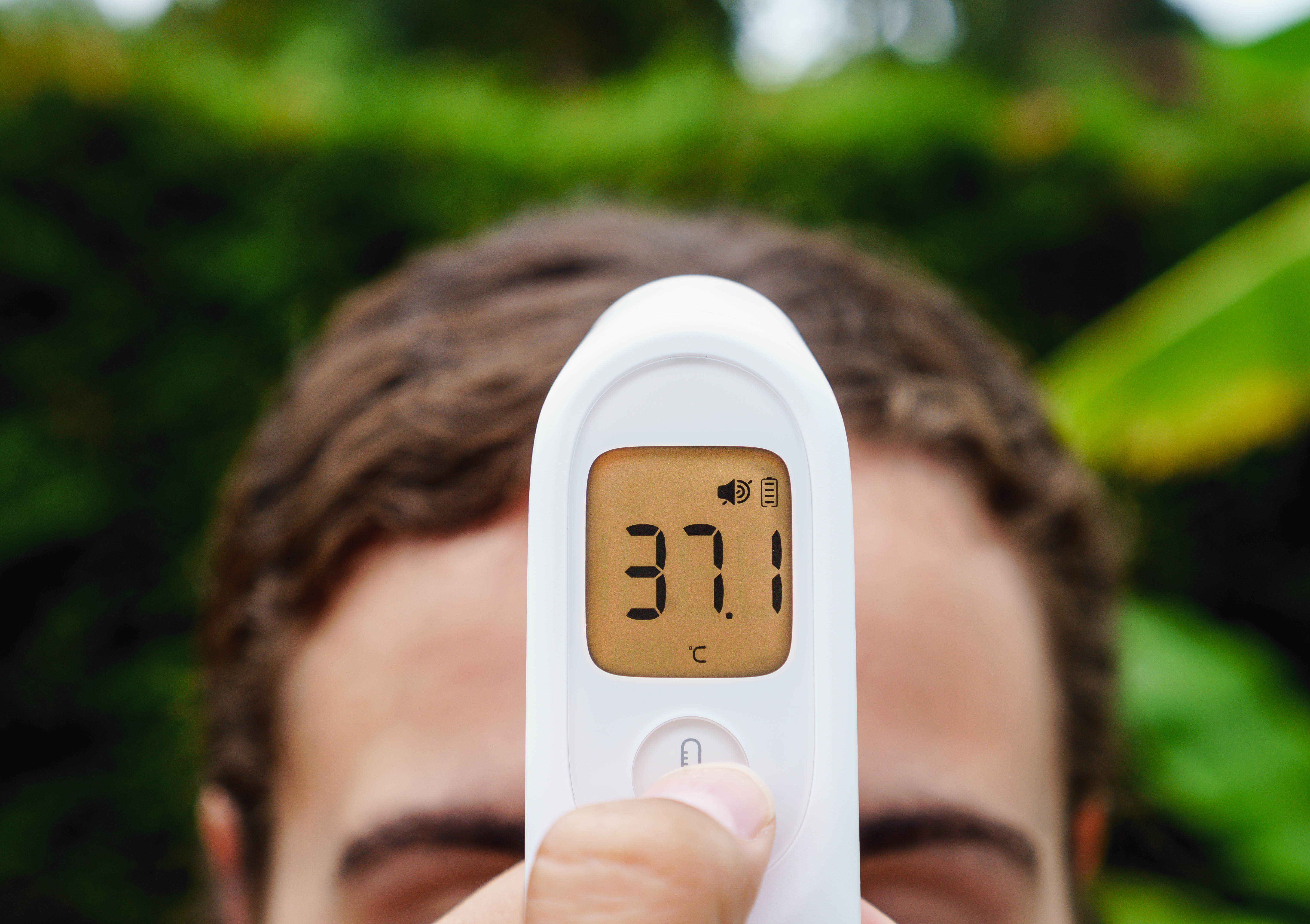
Infrared technology, initially used in space to measure the temperature of stars and planets, has been adapted for medical and industrial use on Earth. Infrared thermometers provide a non-contact method for accurately measuring temperature, making them invaluable in healthcare settings, particularly during the COVID-19 pandemic. This technology allows for quick, hygienic temperature screenings, contributing to public health and safety. The adaptation of infrared technology from space exploration to everyday use exemplifies how scientific advancements can address critical needs in society.
10. Fire-Resistant Fabrics: Safety from the Stars
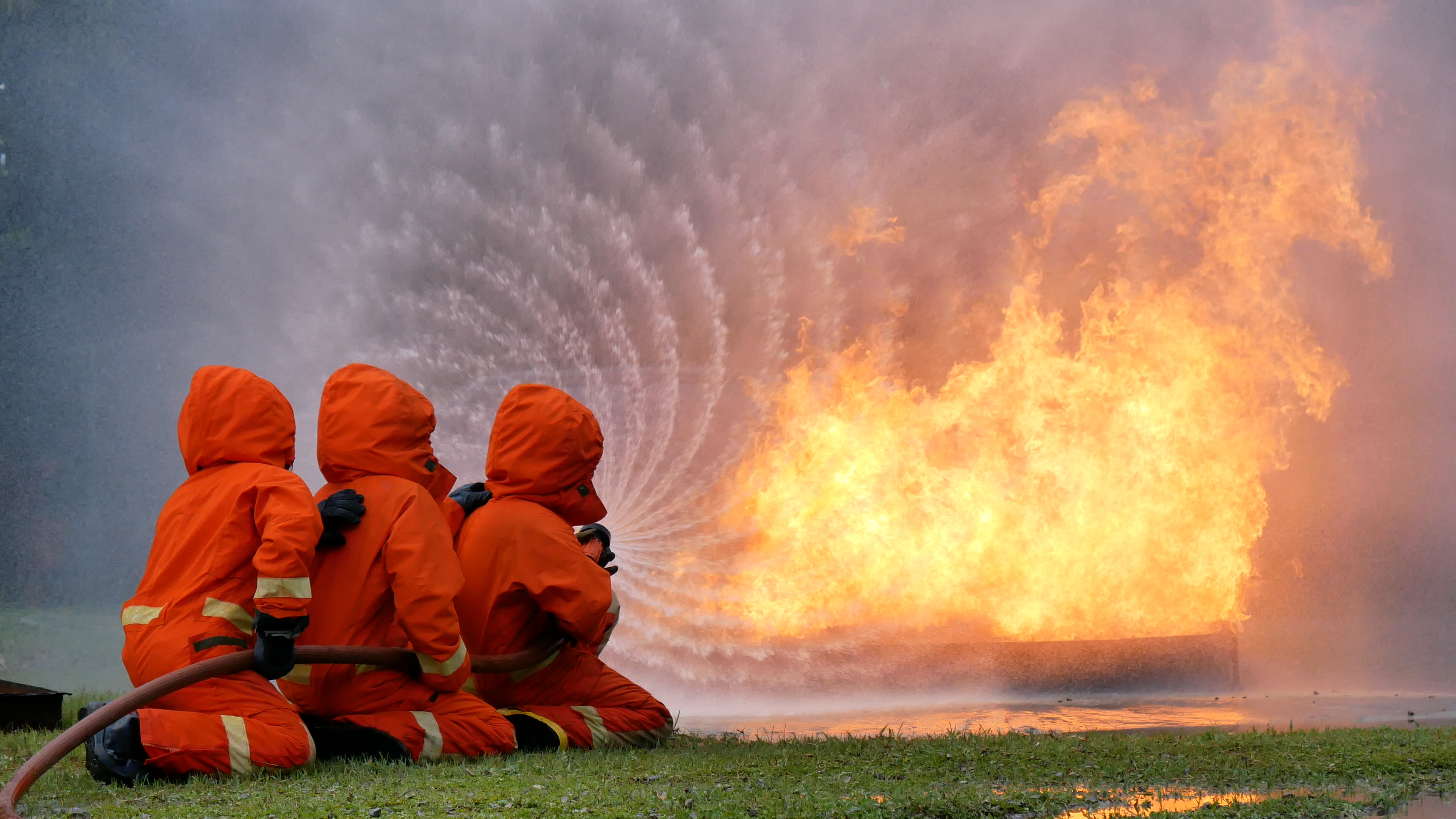
Space missions require materials that can withstand extreme conditions, leading to the development of fire-resistant fabrics. These materials, designed to protect astronauts from potential fires in spacecraft, have been integrated into firefighting gear, military uniforms, and protective clothing. By enhancing safety standards, fire-resistant fabrics have become essential in industries where fire hazards are prevalent. This innovation highlights the broader impact of space research on safety and risk management, providing peace of mind in high-risk environments.
Embracing the Cosmic Legacy
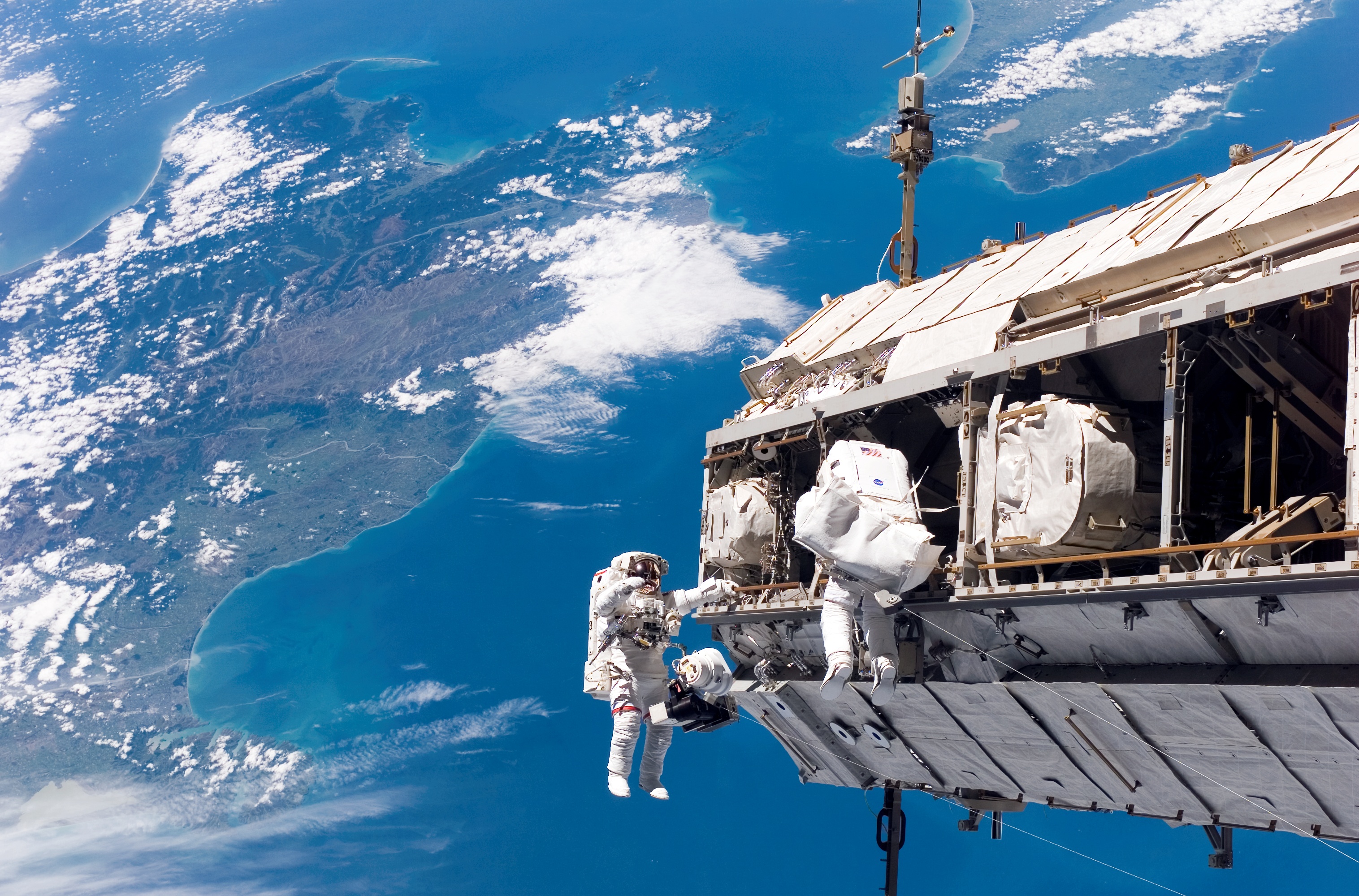
Space exploration isn’t just about what’s out there—it’s about what comes back. The ripple effects of reaching for the stars have landed squarely in our homes, our routines, and even our pockets. From the cushioning of memory foam to the precision of GPS, technologies born for space missions now quietly power our everyday lives. These aren’t just conveniences—they’re proof of what’s possible when curiosity meets innovation. As we continue to explore new frontiers, one thing is clear: the benefits don’t stay in orbit. They return to Earth, transforming the ordinary into the extraordinary. So the next time you check a map, reheat leftovers, or sleep a little more soundly, remember—you're living with the legacy of space.
Powered by Froala Editor
